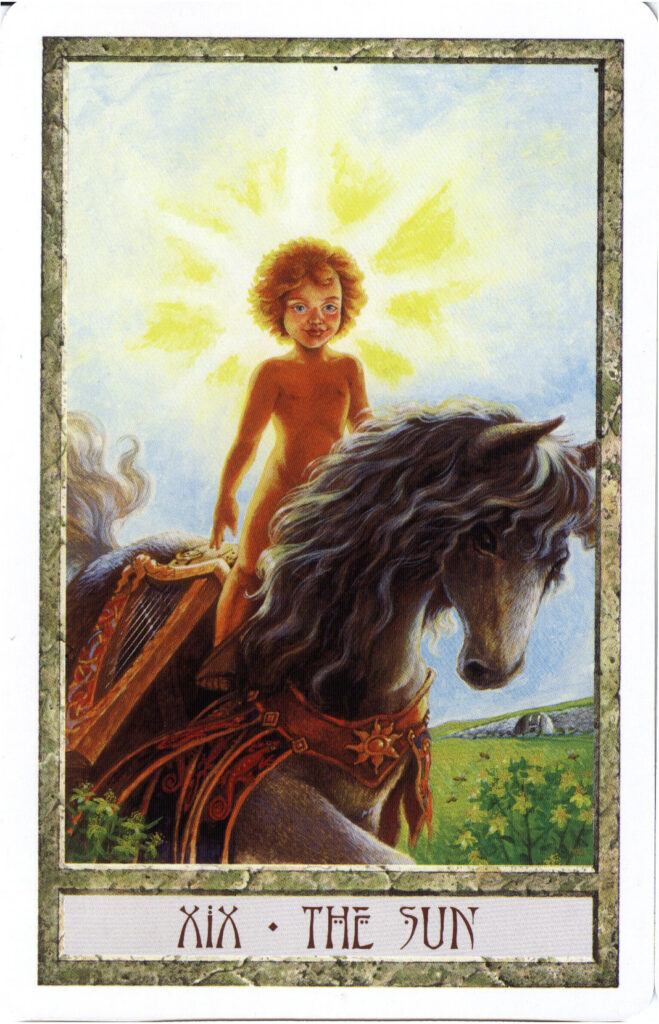Dear Toby,
As we head gradually toward the end of the year I’m sharing an article I wrote about twelve months ago on ‘Two meditation gateways’. These two gateways are nice places to sit with at this slightly more reflective time of year.
In the spirit of balance & renewal,
Toby
These are two gateways that I have been using on my own meditation practice recently, they are very simple, relaxing, and offer a place where we can go at anytime in order to develop our experiential wisdom. They are essentially ‘threshold’ spaces between different worlds that we inhabit, enabling us to compare and contrast these worlds, and see how they can support and enhance each other in our lives.
The breathing as the gateway between your inner and outer worlds
The first gateway is your breathing. If you come back to the rhythm of your breathing, perhaps as you find it in your nostrils, you can see that it sits between the outer world that surrounds you, and your inner world. When I say our inner world, I mean the literal, interior, somatic experience of your own body, but also the interior world of your thinking /feeling self, or psychic/psychological self. As you breathe out, feel your awareness going forward into the outer world as perceived by your senses. As you breathe in allow your attention to flow toward your inner world; the feelings in your body, the images and thoughts flowing through your mind. Sit at the gateway between your inner and outer world and rest. Become aware of how your interior experiences relate to and interact with your outer world.
The inner gateway between the mind and awareness
A more subtle ‘second gate’ is the one that lies between the inner world of your mind, and the formless, timeless world of awareness itself. If you imagine within you there is a gateway, perhaps within your heart space. If you ‘sit’ within that gateway and look outward, you can see and experience the world of your thinking, conceiving, imagining and remembering mind. If you look inward through the gateway, you stare into the immeasurably vast space of formless timeless awareness that lies beyond your thinking mind. You are sitting in the gateway or threshold space between the world of your thoughts, and the world of your consciousness, or spirit.
Further building your inner gateway, and the self that sits within it
If you like you can further build your experience of this second, inner gateway by giving it beautiful architectural features, perhaps some steps leading up to it, some climbing plants around it, whatever feels right. You might also like to visualize a ‘deeper-self’ or ‘soul-self’, with a body made of light. We can build and visualize this self as something separate from us initially, but then enter into that body and experience ourself as that deeper self, sitting at the threshold between our mind and that which lies beyond our mind…
You might enjoy spending a little time in meditation this week identifying and sitting in these two threshold or gateway spaces, relaxing, regenerating and reflecting as we move toward the end of 2016 and toward the beginning of the new year!
© Toby Ouvry 2017, you are welcome to use or share this article, but please cite Toby as the source and include reference to his website www.tobyouvry.com
 Winter solstice balancing & renewing meditation
Winter solstice balancing & renewing meditation
This is a one hour online meditation session, the link to listen to and/or download it will be sent to participants on the 20th December. It can be listened to on the 21st/22nd, or at the time of your convenience.
About the class: The Winter Solstice is deepest point of Winter in the northern hemisphere, the point of maximum outer darkness & the shortest day.
In Celtic the name of the winter solstice in ‘Alban Arthan’ of ‘The Light of Arthur’. In this case Arthur refers to the Sun God who, at this time of maximum darkness in the year dies and is reborn in the world of nature and within ourselves. The founding fathers of the Christian church placed the birthday celebration of the Christ at this time of year, as it fits in perfectly with the ancient tradition of ‘the light of the World’ being born anew at this time.
This will be a chance to reflect on the spiritual meaning of Christmas and power of the winter season. We will look at the different ways our own inner light can ‘die and be re-born once more’.
It is a good time to attune to the creative energies within ourselves. We can think about the new year & spring periods that lie ahead of us, what our goals & expectations are, & sow the seeds on an inner level of that which we wish to manifest over the next few months.
In the meditation we will be journeying through the ‘Gateway of the Winter’ in order to connect to our inner-world guides, healers and protectors, receiving their wisdom, companionship & support, both now and for the next part of the year.
Suitable for: Both beginners & more advanced practitioners of meditation & mindfulness. All are welcome!
Cost: Sing$20 per participant
Click HERE to make payment for the Winter Solstice meditation
For further enquiries: Email info@tobyouvry.com, or sms 65-96750279
About the teacher, Toby Ouvry
Toby is a mindfulness teacher and trainer, and the author of the book ‘Engaged Mindfulness – What mindfulness is and how we can apply it to our daily lives’. He has a BA Hons degree in Fine Art from the University of Newcastle-upon-Tyne. Subsequent to his degree, Toby spent ten years doing his foundational training in meditation and mindfulness, specializing in the Tibetan Tradition which included five years as an ordained Buddhist monk….click HERE for full details of Toby
Upcoming Courses at Integral Meditation Asia
Ongoing on Wednesday’s, 7.30-8.30pm – Wednesday Meditation Classes at Basic Essence with Toby
Ongoing on Tuesday evenings, 7.30-8.30pm – Tuesday Meditation Classes at One Heart with Toby (East coast)
Beginning 14th&15th November – Mastering your mind & thoughts through mindfulness – A five-week course
Saturday December 16th, 9.30am-12.30pm & 2-5pm – Integral meditation & mindful walking deep dive half day retreat
Thursday 21st December – Winter Solstice Balancing & Renewing Meditation
Saturday January 20th – 9.30am-1pm – Meditations for Developing the Language of Your Shadow Self
Integral Meditation Asia
Online Courses * 1:1 Coaching * Books * Live Workshops * Corporate Mindfulness Training *Life-Coaching * Meditation Technology









